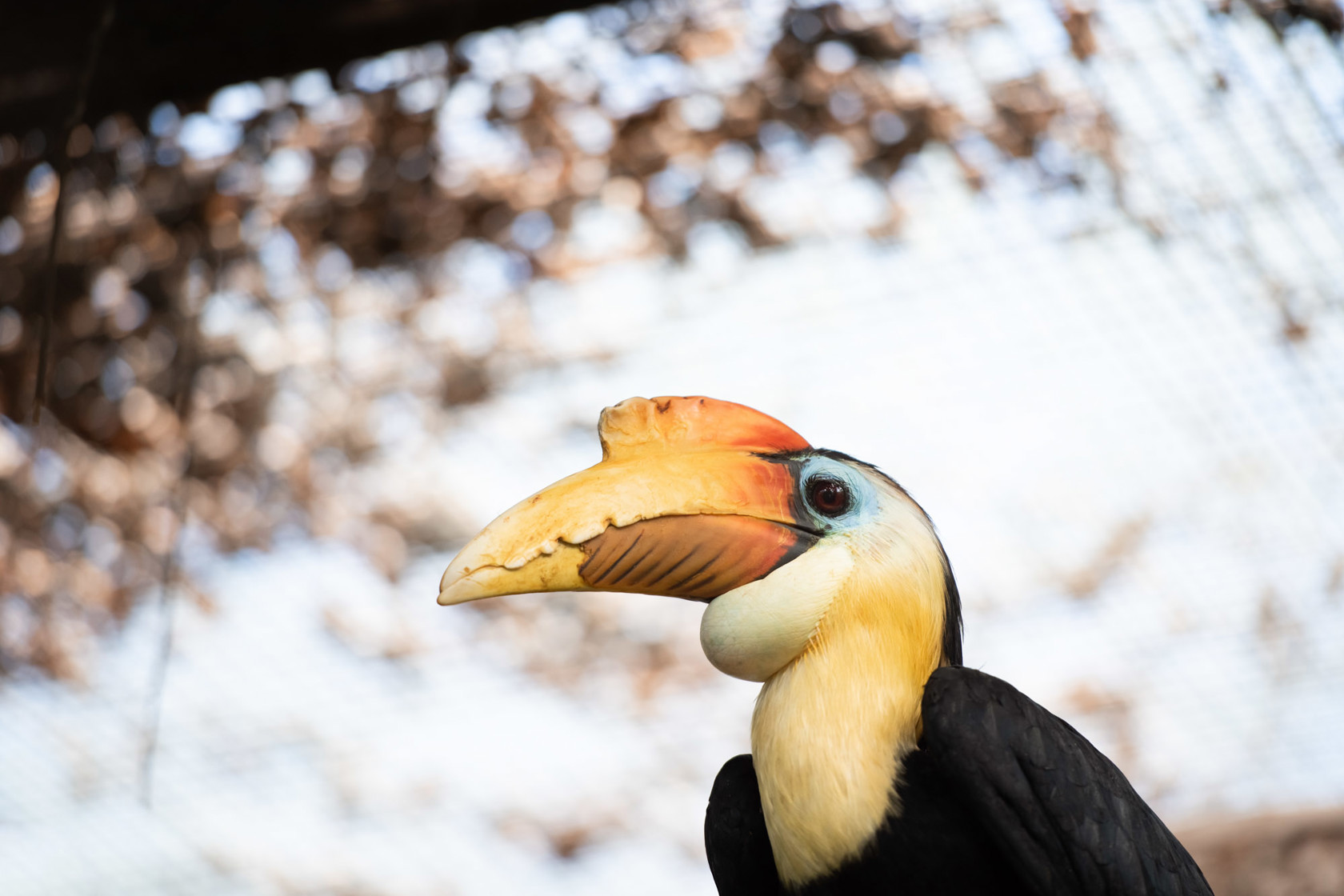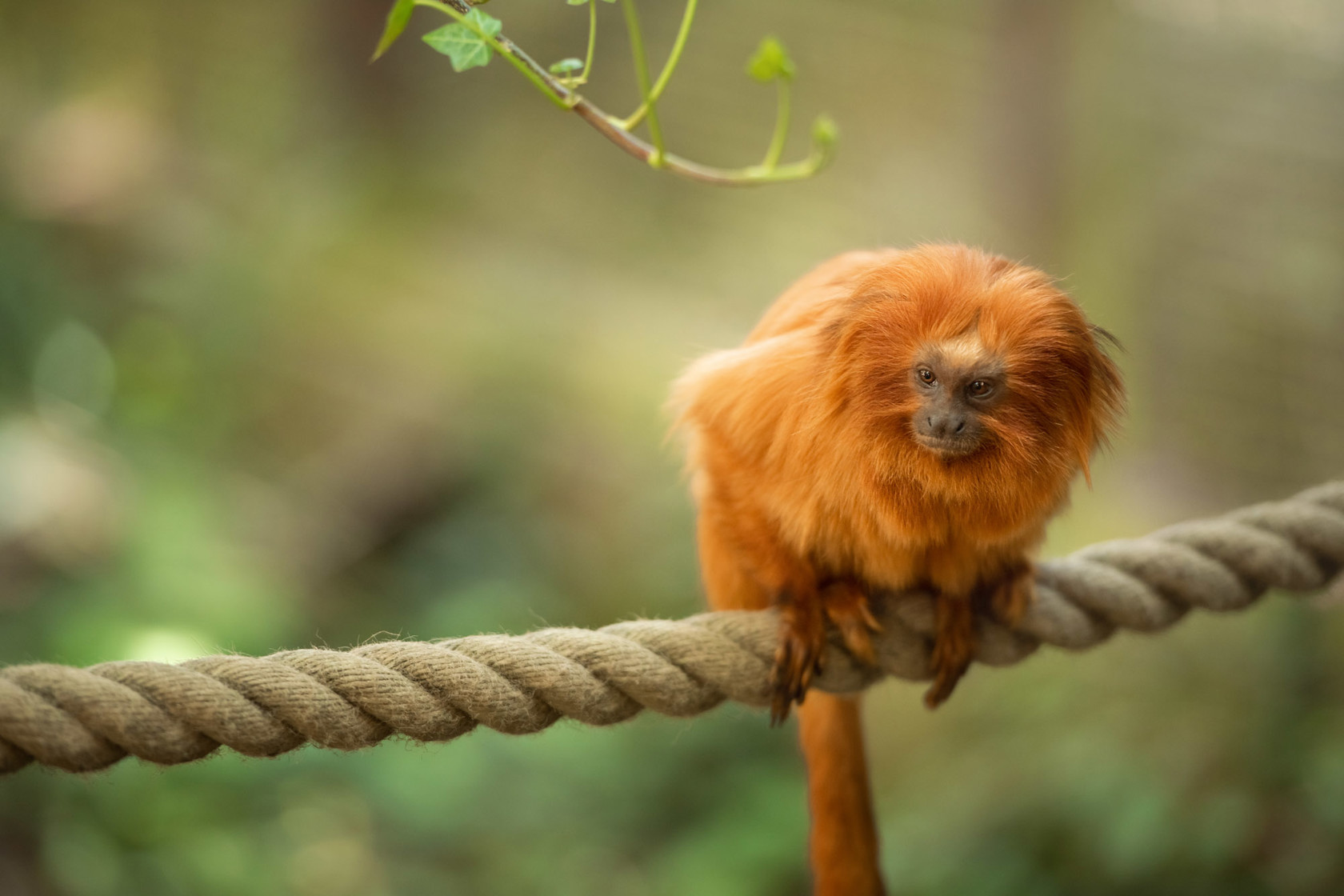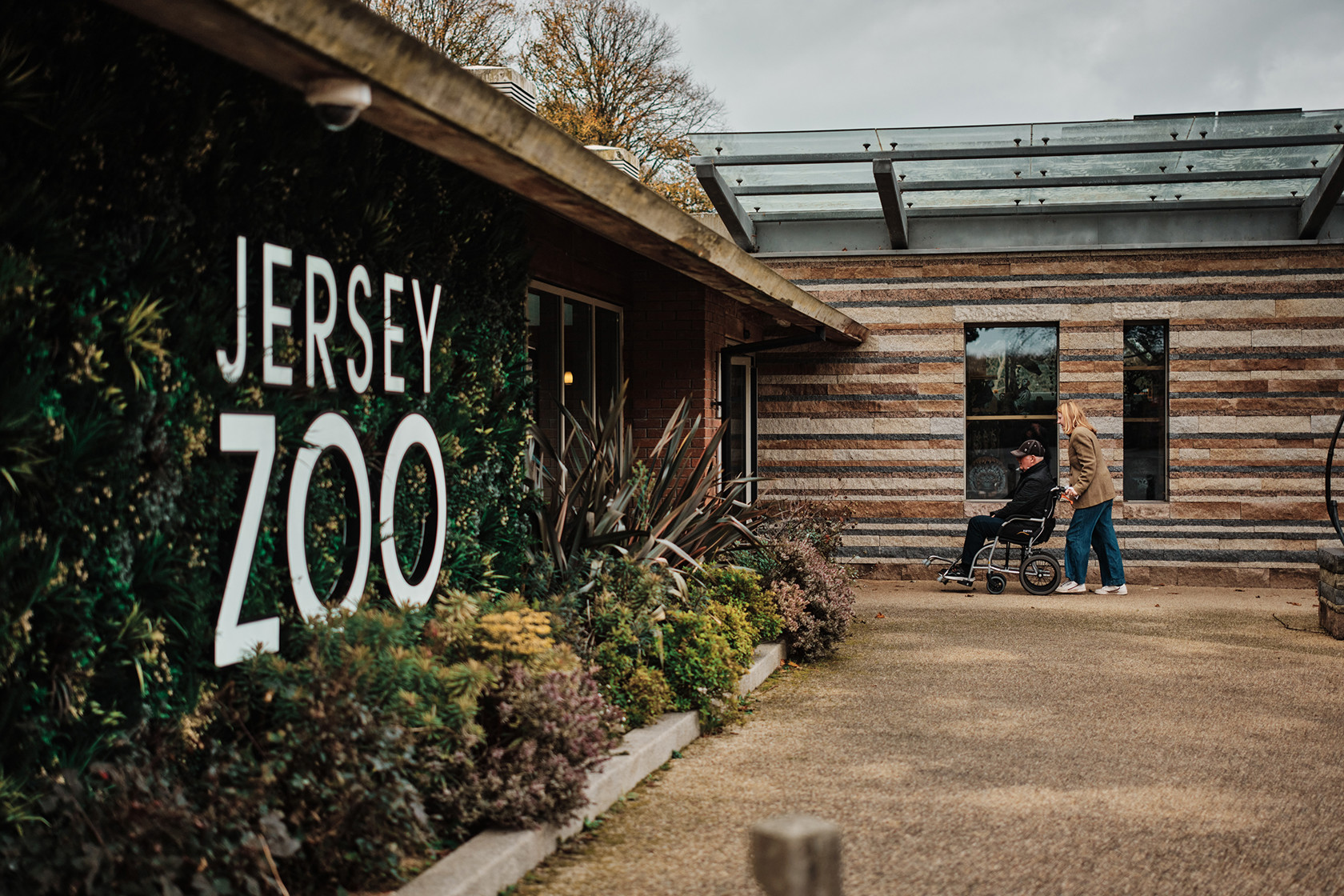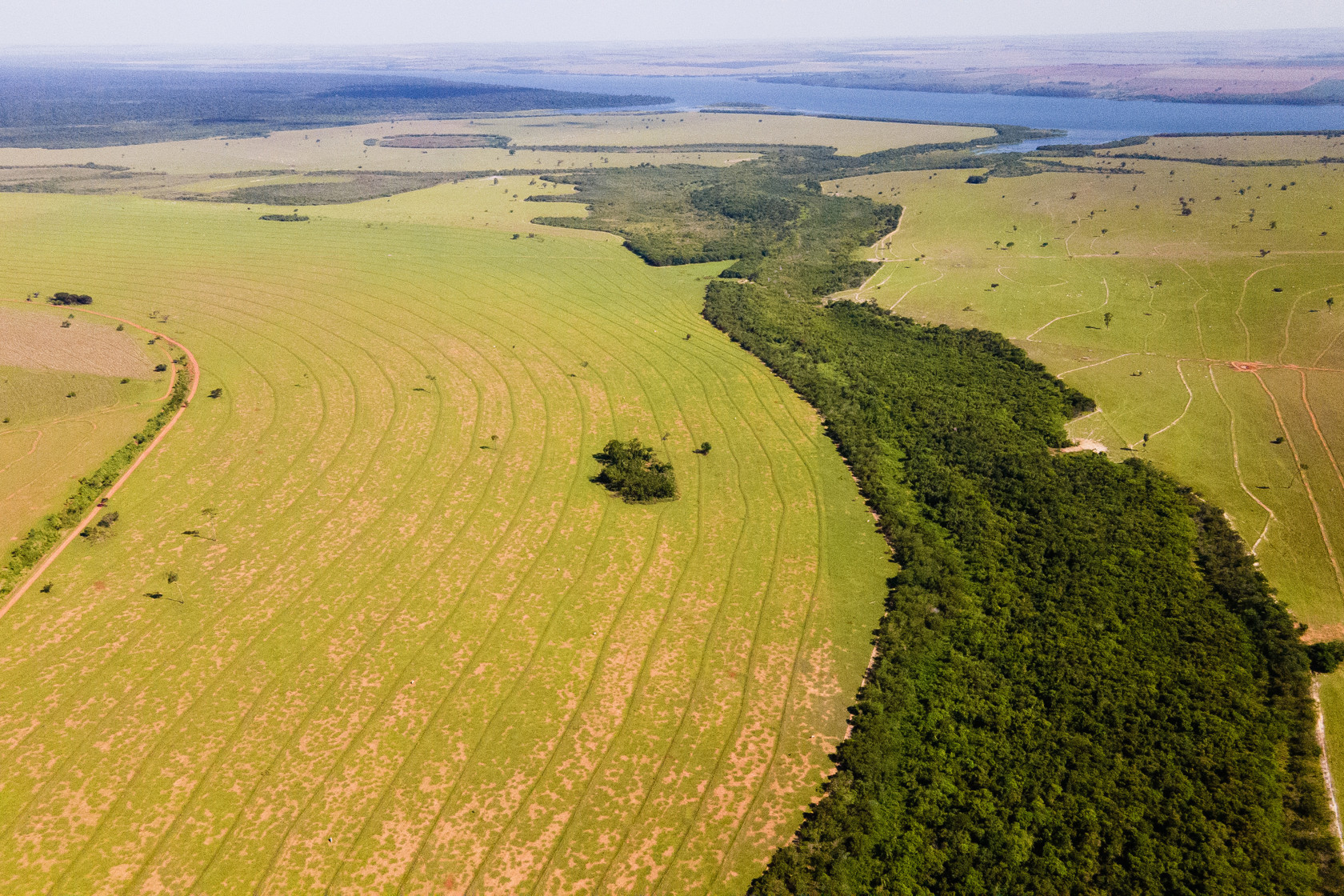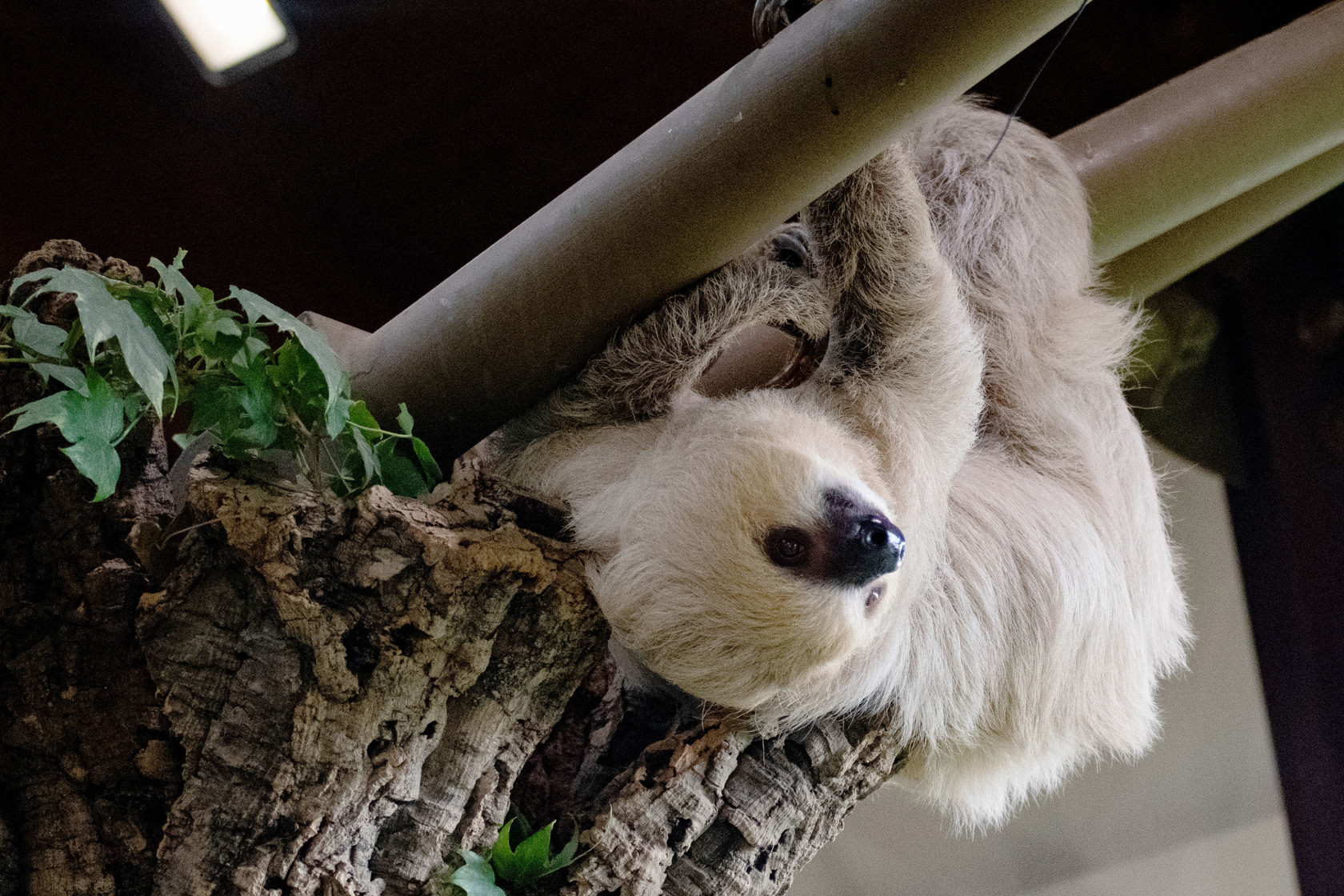Durrell welcomes twins to the family
On the 17th April we were lucky enough to hear the tell-tale squeaks coming from the nesting area of our Madagascan giant jumping rat nest box... announcing the first birth of this wonderful species at Durrell since 2012.
The twins are doing very well and the female Ankizy has proved an excellent mother to her first infants! She is being helped along by her more experienced mate Nosy. Typical of the species, the infants are growing very fast, and gained sight within the first week. They were able to walk around (albeit a little clumsily!) in just three weeks. The video shows how independent they already are at just five weeks old.
The family has been closed off from the public for the last four weeks as the species is very sensitive to disturbance. The parents can become stressed very easily during this time, causing the infants to be neglected.
Senior mammal keeper and International Studbook holder for the species Gale Glendewar says she is delighted to be working with a breeding group again. "They are fascinating and very endearing animals to work with. They are also genetically unlike any other species in the world with evolutionarily no close relatives, so to lose this species from the wild would be unthinkable.”
Madagascan giant jumping rats are referred to as EDGE species which means they are Evolutionarily Distinct and Globally Endangered. They have few close relatives and are often extremely distinct in the way they look, live and behave. These unique species are also on the verge of extinction, and if they disappear there will be nothing like them left on the planet.
Unlike most rodents, this species pairs for life and has only one birth each year in the wild. This species therefore does not have the potential for rapid population growth characteristic of many other rodents. It is therefore particularly vulnerable to predation by dogs, and habitat loss and fragmentation that is occurring throughout its range.
Thanks to some progressive thinking from the government and the resourcefulness of local people, deforestation has been significantly reduced in their home range Menabe Antimena, in Madagscar. However, the threats still remain for this Endangered species and others that share its range, such as the Endangered Narrow striped mongoose.
In 1990, Durrell established a captive breeding programme for the species to safeguard against possible extinction in the wild. This programme has proven successful and there are now more than 60 giant jumping rats in 13 different institutions throughout the world.
The twins are doing very well and the female Ankizy has proved an excellent mother to her first infants! She is being helped along by her more experienced mate Nosy. Typical of the species, the infants are growing very fast, and gained sight within the first week. They were able to walk around (albeit a little clumsily!) in just three weeks. The video shows how independent they already are at just five weeks old.
The family has been closed off from the public for the last four weeks as the species is very sensitive to disturbance. The parents can become stressed very easily during this time, causing the infants to be neglected.
Senior mammal keeper and International Studbook holder for the species Gale Glendewar says she is delighted to be working with a breeding group again. "They are fascinating and very endearing animals to work with. They are also genetically unlike any other species in the world with evolutionarily no close relatives, so to lose this species from the wild would be unthinkable.”
Madagascan giant jumping rats are referred to as EDGE species which means they are Evolutionarily Distinct and Globally Endangered. They have few close relatives and are often extremely distinct in the way they look, live and behave. These unique species are also on the verge of extinction, and if they disappear there will be nothing like them left on the planet.
Unlike most rodents, this species pairs for life and has only one birth each year in the wild. This species therefore does not have the potential for rapid population growth characteristic of many other rodents. It is therefore particularly vulnerable to predation by dogs, and habitat loss and fragmentation that is occurring throughout its range.
Thanks to some progressive thinking from the government and the resourcefulness of local people, deforestation has been significantly reduced in their home range Menabe Antimena, in Madagscar. However, the threats still remain for this Endangered species and others that share its range, such as the Endangered Narrow striped mongoose.
In 1990, Durrell established a captive breeding programme for the species to safeguard against possible extinction in the wild. This programme has proven successful and there are now more than 60 giant jumping rats in 13 different institutions throughout the world.

